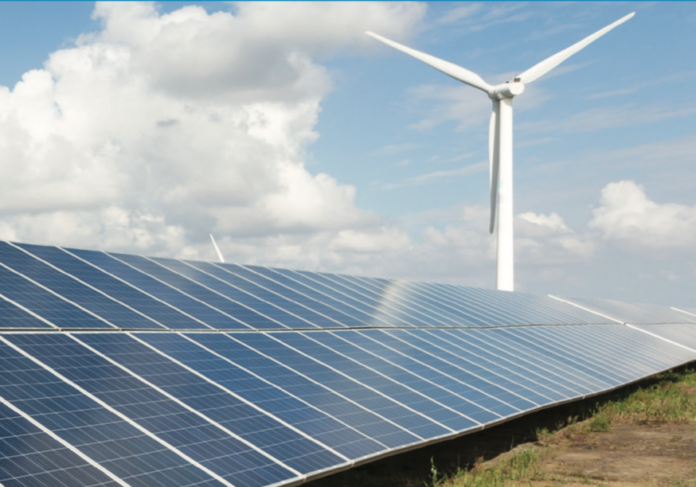Governor Andrew M. Cuomo has announced the availability of proposed regulations that would implement the Accelerated Renewable Energy Growth and Community Benefit Act.
The draft regulatory framework will dramatically speed up the siting and construction of major renewable energy projects to combat climate change and help jumpstart the state’s economic recovery from the COVID-19 pandemic. The act and the resulting regulations will also accelerate progress toward the Cuomo’s clean energy and climate goals – including the directive to obtain 70% of the state’s electricity from renewable sources – as mandated under the state’s Climate Leadership and Community Protection Act.
“The COVID-19 pandemic and climate change are two of the greatest challenges New York has ever faced, but we are tackling both head-on and our climate agenda is quickly creating good jobs and generating billions in economic investment, while ensuring that our most vulnerable communities have clean air to breathe,” says Cuomo. “These regulations will supercharge our growing green economy and reaffirm New York’s position as a definitive hub of the clean energy sector through a revamped and rapid process for building and delivering emissions-free power.”
As part of the act, New York created the Office of Renewable Energy Siting (ORES) to improve and streamline the process for environmentally responsible and cost-effective siting of large-scale renewable energy projects across New York while delivering significant benefits to local communities.
All large-scale, renewable energy projects larger than 25 MW will be required to seek a permit through ORES for new construction or expansion. Projects already in the initial phases of the current Article 10 siting process through the New York’s siting board may remain in Article 10 or opt-in to the new siting process. New projects sized between 20 and 25 MW will also be able to opt-in.
ORES, in consultation with the New York State Department of Public Service, Department of Environmental Conservation, the Department of Agriculture and Markets, and New York State Parks, Recreation & Historic Preservation, has developed a set of uniform standards and conditions to avoid or minimize, to the maximum extent practicable, any potential significant adverse environmental impacts related to the siting, design, construction and operation of a major renewable energy facility. The new siting process provides a one-stop process with increased certainty and predictability to develop renewable energy projects in the state. The ORES approach proactively addresses the key recurring issues in siting and permitting large-scale renewable projects, effectively de-risking the permitting process.
The proposed regulations will encourage local governments and communities to participate in the permitting process by requiring project applicants to consult with local governments and community members before filing an application, provide public notices at various milestones throughout the permitting process and make application materials available in both electronic and paper format. Draft siting permits will be subject to public review and comment and adjudicatory hearings will be required when significant and substantive issues are identified. Additionally, for each project, municipalities and community intervenors will have access, as appropriate, to funds that will assist them in reviewing the project.
By creating a new siting process specifically designed for renewable energy facilities, the act will accelerate new private investment and job growth in the green economy at a time New Yorkers need it most. As the state seeks solutions to getting the economy back on track after overcoming the COVID-19 crisis, restarting renewable energy construction will play a central role in the green economy. The new siting process will establish uniform standards and conditions that will support expedited project development, bringing new jobs while combating climate change.
For more information on ORES, click here.
Photo: The Accelerated Renewable Energy Growth and Community Benefit Act Fact Sheet
Original source: North American Wind Power
